From a backpacker haven to an upscale destination
When I first visited Zanzibar in 2002, the island was a backpacker’s paradise way off the beaten track for most other tourists.
Nungwi, the island’s #1 hotspot for beach tourism today, mainly featured budget hotels by the beach, and some even cheaper guesthouses inside the nearby village. The bumpy dirt road from Stone Town in a ramshackle vehicle made the trip to Nungwi an experience you would rather forget.
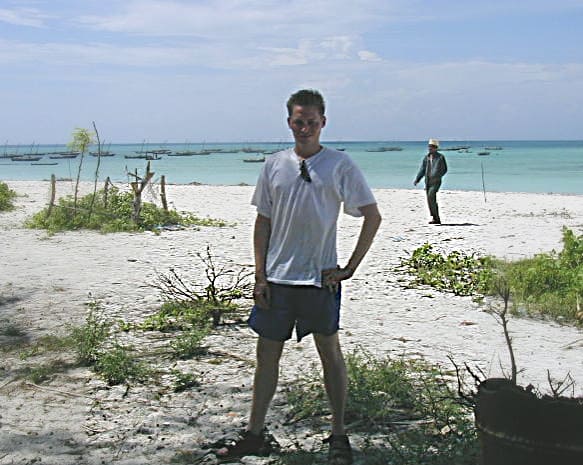
The other tourist destinations along the Zanzibar coast, such as Kendwa, Jambiani, and Paje, were centered around small, dusty villages with some budget beach hotels and occasional upscale resorts.
Fast forward to 2023: Over the year since then, I have seen the island change dramatically. While backpackers can still find their way around quite affordably, the beaches are also dotted with mid-range and upscale properties. As Zanzibar is becoming a byword for beach tourism in East Africa, investors are flocking to the beach plots to develop ever more luxurious resorts and attractions. As the villagers sell off their prime plots at an accelerating pace, the local settlements keep moving further away from the ocean that feeds them. Fishing, the erstwhile main source of livelihood is being displaced by better-paying jobs in the fast-growing tourism and service industries.
Getting there
By Air
The recently opened Terminal 3 has taken the visitor experience to an entirely different league. With a pleasant, modern, and efficient(!!) airport, traveling to and from Zanzibar has become a breeze. With nice cafés and shops at decent prices, the Spice Island has raised the bar for the rest of East Africa.
For domestic flights to Dar, you will still find yourself at the old terminal. That one is hardly impressive, but at least the flights take off and land!
By Sea
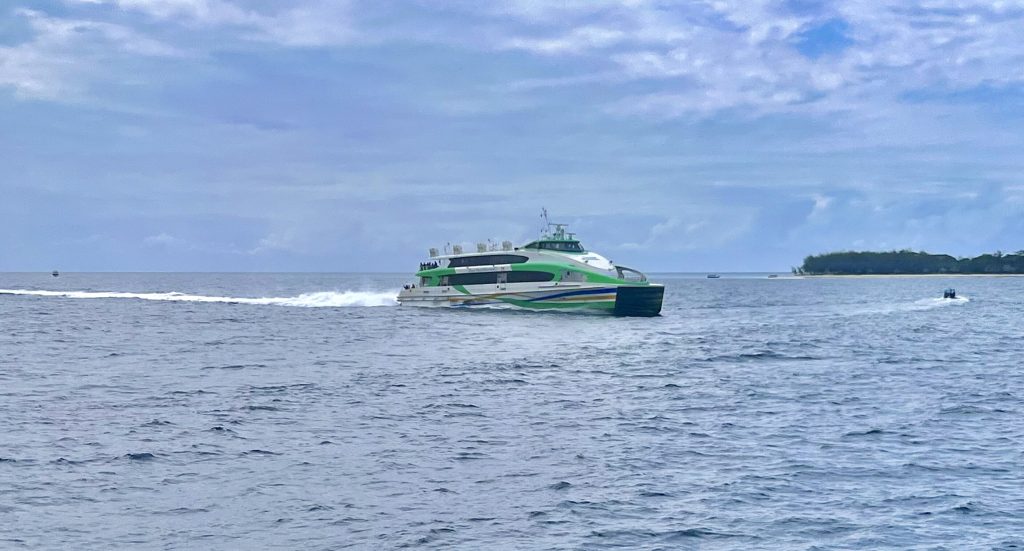
The ferries from Dar es Salaam to Zanzibar have gone through an equally impressive upgrade since the turn of the century. The first time I took one, on Christmas Day 2002, I found myself a smelly old ramshackle so noisy, you had to shout to have an audible conversation during the half-day trip. Arriving alive was a relief, as the old piece of scrapmetal posing as a ferry looked and felt like something from a disaster documentary.
Nowadays, modern and extremely comfortable high-speed catamarans take you across in less than 2 hours. Upgrading the ferry terminals on both sides could also be a good idea, but I am sure that is only a matter of time.
If you go with the ferry option (which you should!), then hang on to your luggage in Dar, though. None of the people offering to “help” are necessary in any way, despite their claims to the contrary. For your own sanity, ignore them and carry your own luggage on board!
By Road, in a couple of years!
For an adventurous East Africa resident, going to Dar by road and taking the ferry across is quite an experience. I did that in 2023! Taking your vehicle across is hardly an option, though, as that one can only be transported overnight on a cargo ship, at exorbitant prices. Fortunately, there is no shortage of hotels that will allow you to leave your car for some days as you explore those sweet beaches. Special thanks to Mediterraneo Hotel in Dar es Salaam for letting me do that!
The situation might change soon, though, as the Tanzanian government has announced the construction of a 50 km bridge (to become Africa’s longest) from mainland Tanzania to Zanzibar. Scheduled for 2028, that would certainly be the next game-changer for this amazing little island!
Stone Town – Centre of Gravity of the Swahili Culture
Stone Town, a UNESCO World Heritage site and the “capital city” of the Swahili culture, still has a worn-down appearance, although far less so than 20 years ago. Walking through the narrow, winding streets today, you see a myriad of ongoing reconstruction and renovation projects to bring the old town back to its former glory of polished low-rise buildings with artistically carved, bronze-decorated wooden doors, and an intriguing mix of Arab, Indian, and Persian architecture. In particular, the erstwhile colonial master, Oman, generously funds the restoration of historic properties built in the Arab style.
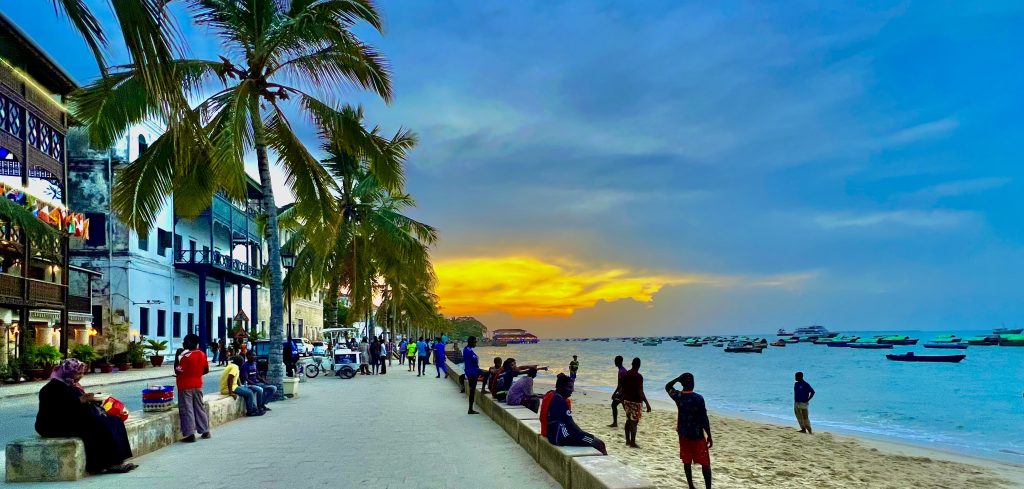
Tembo, a classic 19th-century beachfront hotel in the middle of Stone Town, offers a rich experience of Zanzibari history. Along with the neighboring Serena and Hyatt, Tembo is one of the “grand old” classic beachfront buildings in Stone Town. The restaurant offers a blend of Zanzibari, Indian, and international dishes, obviously with a wide selection of seafood. Full disclosure: they partner with HotelOnline, where I am a founder, so I might be a tad biased.
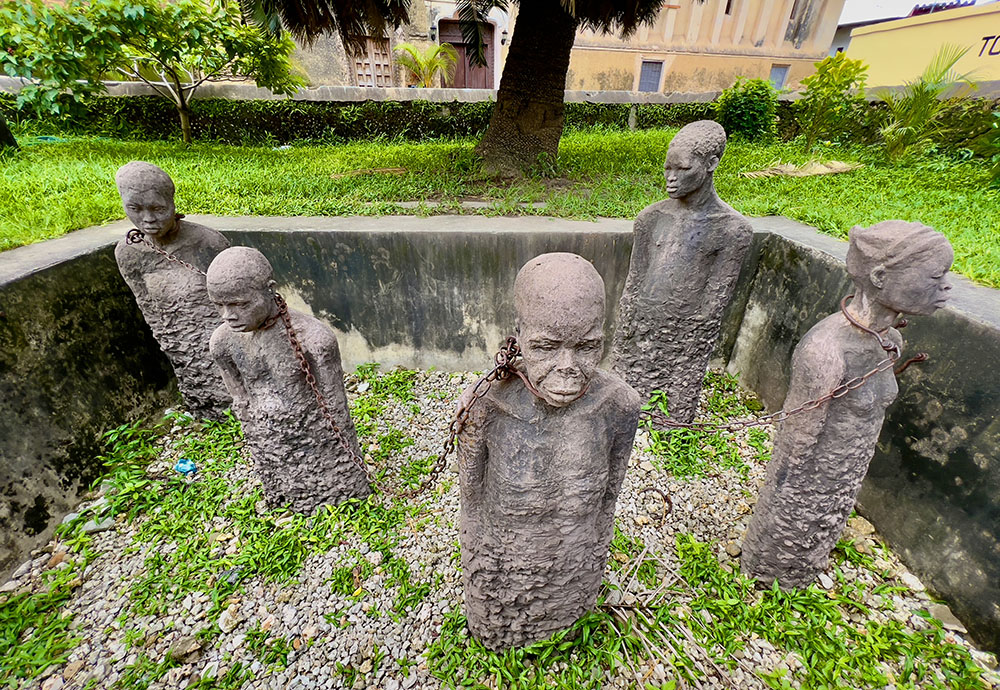
The Old Slave Market. A far less pleasant side of the Sultanate was the Slave Market. The dungeon where captive men and women from the mainland were kept in chains before being sold and shipped off to slavery in India and the Middle East has been preserved in its original condition, with some of the original chains from that time on display.
It is estimated that 50,000 slaves were sold every year in Zanzibar, until the trade was abolished in 1873. British missionaries, who were instrumental in pressuring the Sultan to ban the atrocious commerce, raised the Christ Church on the site of the Slave Market. The Slave Memorial outside the church commemorates the hundreds of thousands of enslaved men and women who transited through Zanzibar on their way to their lives in servitude.
Zanzibar is dubbed the “Spice Island” for a reason. For centuries, the island played a pivotal role in the Indian Ocean trade as a key supplier of spices such as cinnamon, cardamoms, cloves, nutmeg, pepper and saffron. Many spice farms still operate and offer guided tours to visitors.
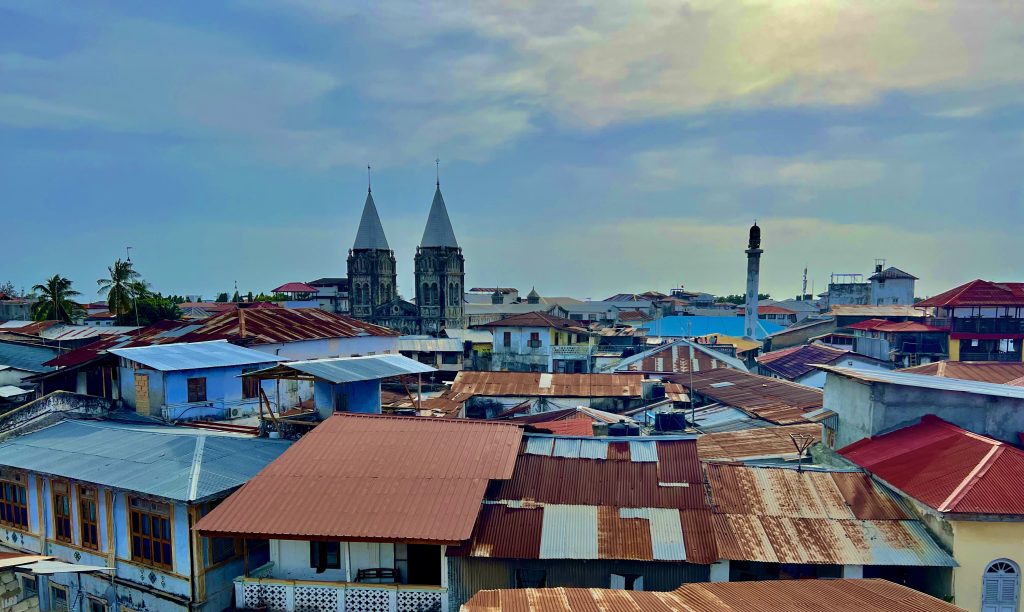
The Spice Market is colourful attraction in Stone Town. Walking through these halls is a multi-sensory experience of colors, smells, and sounds. Perish the thought of getting a bargain on high-grade spices, though. The saffron sold here is invariably fake, and while Zanzibar does produce Ceylon cinnamon, it is all exported, leaving only the inferior and unhealthy cassia cinnamon to be sold in the Spice Market.
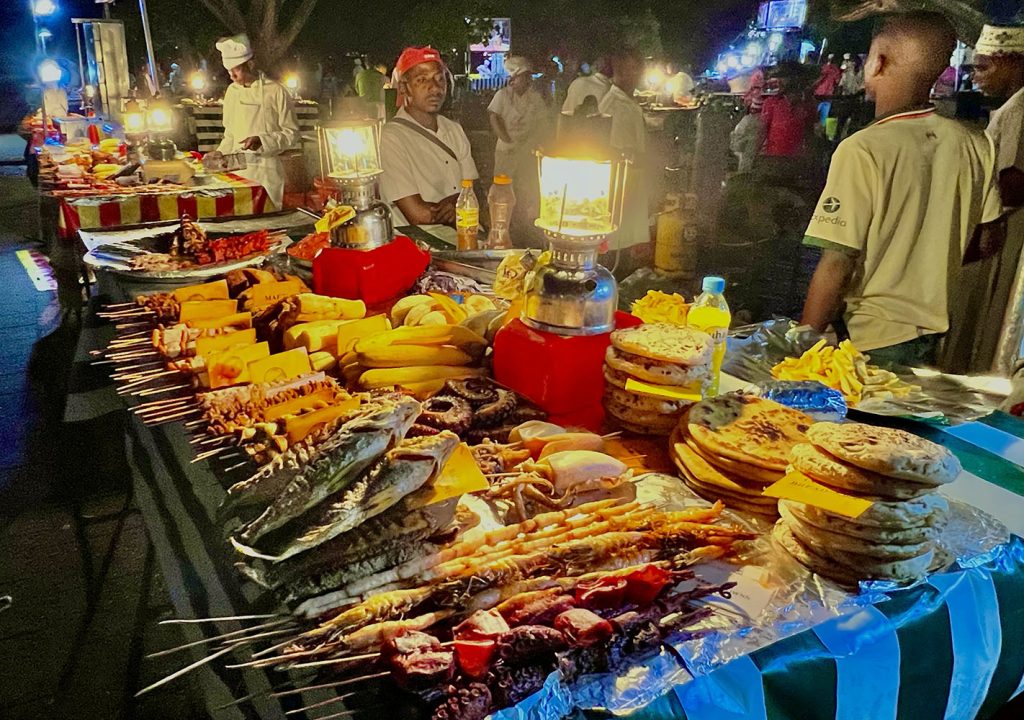
The Forodhani Gardens is an unmissable experience for foodies! This is where local fishermen bring their catch of the day to be sold in a vibrant outdoor evening market where it is grilled on demand. Best enjoyed together with some fresh-pressed sugarcane juice!
The pier opposite the Forodhani Gardens is currently called Cape Town Fish Market. For as long as I’ve been visiting the island, there has always been a fancy bar/restaurant in that spot, but the current one is in a league of its own. When in Stone Town, make sure to pass by for a cocktail and some of the best sushi in Zanzibar! The ambiance is great too!
Emerson. There are two Emerson hotels in Stone Town, both with fine-dining rooftop restaurants. The Emerson at Hurumzi features a great view of the town and an exciting five-course set menu dinner based on local food traditions. While the wine selection is far less sophisticated than the food, this is an experience no foodie should miss out on. Booking well in advance is recommended!
Mercury’s. Already on my first visit in 2002, this was one of the grand old classics of Stone Town. Back then, it was one of THE hotspots where you had to reserve in advance. While the place looks a bit worn down now, it has a great location right on the beach and a nice view of central Stone Town. With live music in the evenings, it is definitely a good place for a sundowner. Don’t plan for dinner here unless you like slow service and food that is not worth the wait.
Conversations with locals lasting more than a few minutes will almost invariably touch on the subject of corruption and frustration with inept, authoritarian politicians. While people are afraid to speak out in public, they are eager to vent their anger in private. The next topic is almost invariably how they want to give more power to the politicians they so despise by declaring Zanzibar independent from mainland Tanzania.
The south-east: Paje, Jambiani and Bwejuu
Other than Stone Town, the villages around the island are barely more than expansive settlements with limited infrastructure. While the main roads around the island are tarmacked, those in the villages are essentially just tracks on sand.
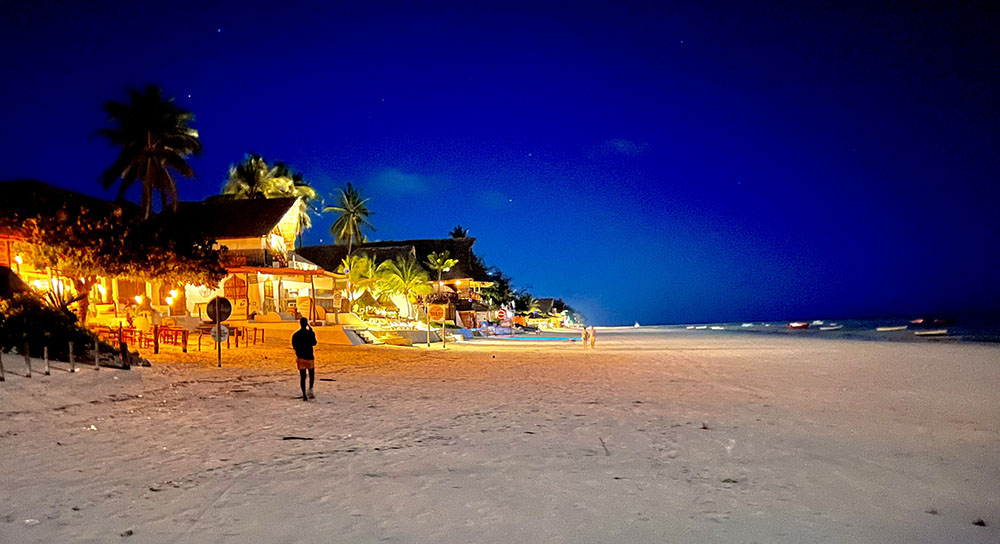
Paje is the tourism hotspot in the southeast, with a high density of tourist hotels, beach restaurants, and bars. It is also a cherished destination for kitesurfers, so on a busy day, the beach can be quite crowded with them. No shortage of instructors for those ready to learn this adrenaline-packed sport!
The Paje beachfront is fairly densely developed, with a long, continuous row of restaurants, bars, and hotels for more than a kilometer, making it busier and more vibrant than any of the nearby locations. Among the better restaurants, I can mention Glow, a self-styled fine-dining restaurant overlooking the beach from a terrace. The Mediterranean-inspired menu is a notch above most of the other restaurants in the area. The octopus, cooked in red wine, garnished with herbed butter, and served on a roasted garlic potato puree, is done to perfection and absolutely delicious. Further down the beach, Oxygen offers a good vibe and is usually quite lively. They have quite a good selection of seafood, with the Yellowfin Tuna Tartar being my favorite. Mr. Kahawa, next door to Oxygen, is perhaps the most famous or best-marketed of the restaurants in the area. While the location and setting are great, the service is disappointing, and the food not all that. Towards the end of Paje, you find The Nest, part of a beautifully designed upscale boutique hotel. While the restaurant is vegetarian, the items on the menu are among the most exciting in Paje. The Mushroom Stroganoff is delightful!
Bwejuu is the next village north of Paje. It is not as busy as its southern neighbor, the beach is far less crowded, and the hotels, bars, and restaurants are much further apart than in Paje. The village behind also has far less to offer, so for most shopping needs, you will still fond yourself going to Paje. The calm and quiet atmosphere is one of the qualities of Bwejuu, though, and there is no shortage of places to eat, drink, sleep, and party! The newly opened Mayai Ocean Resort is a pleasant, upscale boutique hotel right on the beach, with an extremely instagrammable infinity pool and an aptly named restaurant called Ocean Breeze. Having launched recently, the hotel is aggressively priced yet offers superb quality. Disclaimer: As much as I am biased because they are a HotelOnline partner, my week there was simply amazing!
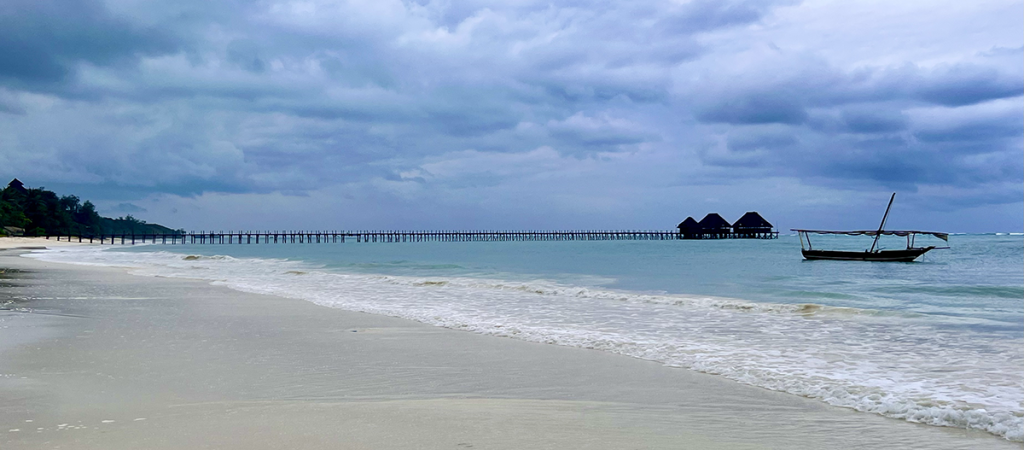
Further to the north, the beach gradually gets emptier, and by the time you get to Dongwe, the hotels are far apart and secluded. The beach looks and feels deserted for a good couple of kilometers. Past Dongwe Beach Club with its landmark jetty restaurant (closed at the time I went past it), the famous Blue Lagoon snorkelling spot, and the spectacular La Mersenne you eventually get to the place that is as famous as Zanzibar itself.
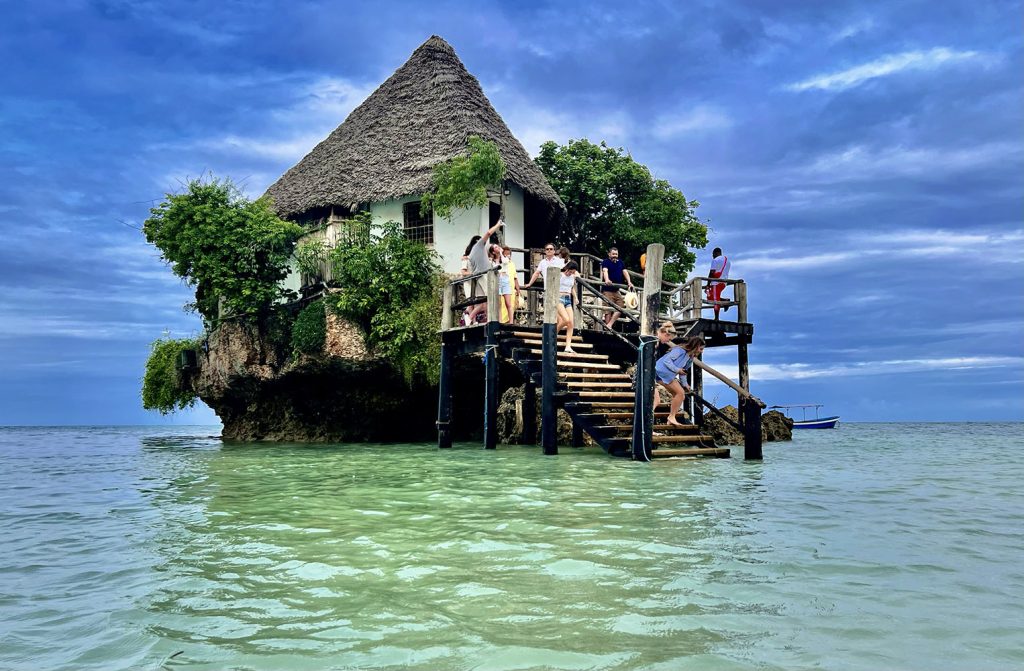
The Rock has risen in fame to become one of Africa’s most-photographed buildings in recent years. It is doubtlessly one of the most iconic features of Zanzibar. The first time I visited, in 2013, you could still do same-day bookings. Tough luck with that today!
During low tide, you can walk across from the beach, while it is wise to opt for the free boat service (less than 1 minute) during high tide.
With fame comes high prices, and while the food is totally ok, the price-value ratio from a purely culinary perspective isn’t favorable. That being said, the overall experience still makes The Rock a worthy item on any bucketlist!
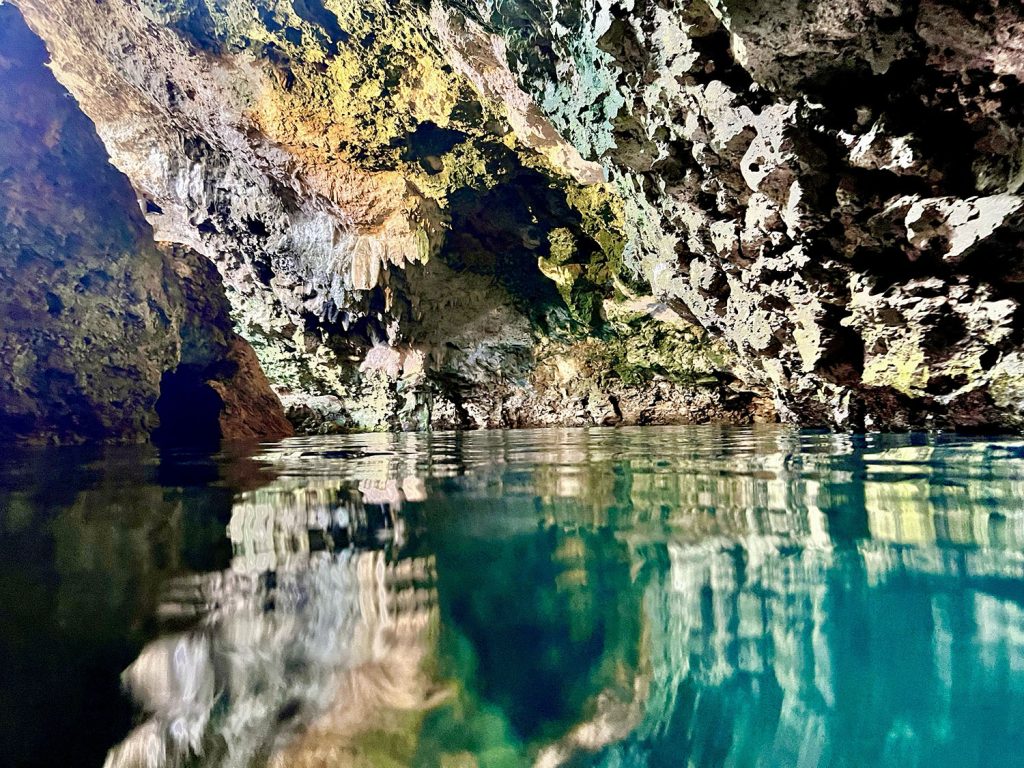
Cave Swimming. Around the island, there are a number of caves with freshwater dams where swimming is an exhilarating experience. Unsurprisingly, these places offer some eye-candy scenery, and the temperature is just right (I’m a Scandinavian, though, so not everyone may share my opinion). While seemingly no one had thought about turning these into tourist attractions until recently, they are now increasing in popularity. On my last trip, I went to the Swahili Cave, a 15-minute drive from Jambiani, and I can confirm it was quite an experience. Don’t leave Zanzibar without swimming in a cave!
Jozani Forest. Butterflies, snakes, sea turtles, you name it! The Jozani Forest is a sanctuary for some of the most emblematic species of Zanzibar. If the trip to the Prisoner’s Island seems like a logistical hurdle, then this place offers an equally good opportunity to see the sea turtles and tortoises and is less crowded. The Butterfly Centre offers a nice live display of some of the island’s cutest insects. Rest assured you’ll have to pass by there when traveling with kids!
Dolphins have long been a popular attraction in Zanzibar, with Kizimkazi on the southern tip of the island being the main hotspot. Not only do you get to see these fine sea mammals, you are free to jump into the water at your own discretion and swim along with them! Obviously, this is in demand, which has caused prices to skyrocket in recent years. From the pocket change that the boat owners would charge a decade-ish ago, you’d be lucky to get a dolphin trip for less than USD 200 today! Anyway, I guess that is just symptomatic of the bigger trend, with demand rising for all tourist experiences in Zanzibar. Their economy sure needs that!
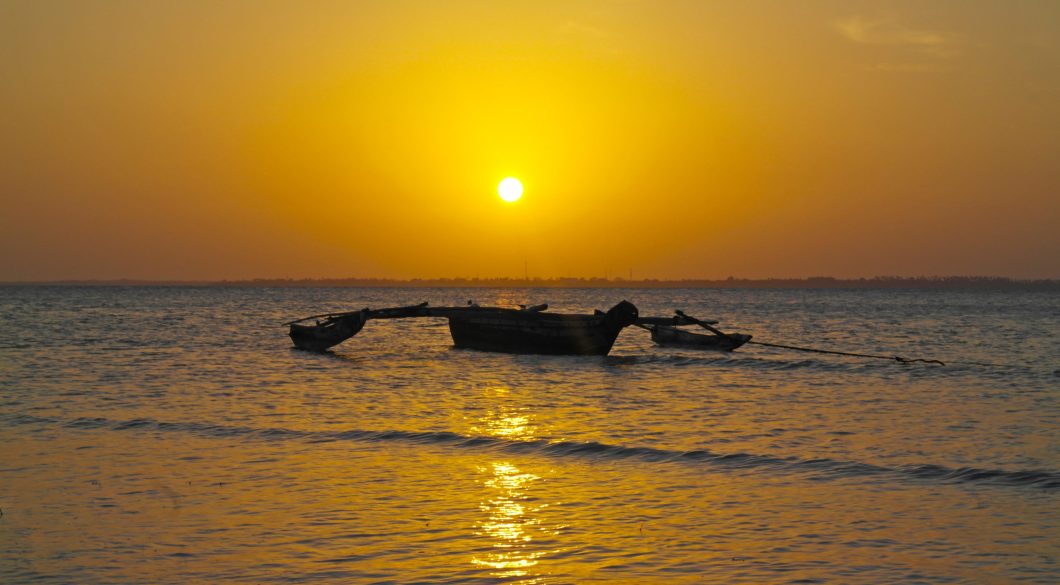

Hi Håvar,
Loved your write-up! It’s amazing to see how beautifully you’ve captured the evolution of Zanzibar—from its laid-back backpacker days to the vibrant, world-class beach destination it is today. The mix of luxury stays with that untouched island charm is something really special.
At Hello Zanzibar!, we’ve been just as fascinated by how the island has grown without losing its soul. Beyond the stunning coastline, there’s so much to explore—like spice farm tours, sunset dhow cruises, or wandering the alleyways of Stone Town. We put together a guide that dives into all these experiences if you’re curious to see just how much the island has to offer: https://hellozanzibar.com/zanzibar-things-to-do-in-spice-island-guide/
Zanzibar really is one of those rare places where you can feel the history, the culture, and the tropical magic all in one breath. Thanks for shining a light on it!
Cheers,
Hello Zanzibar!